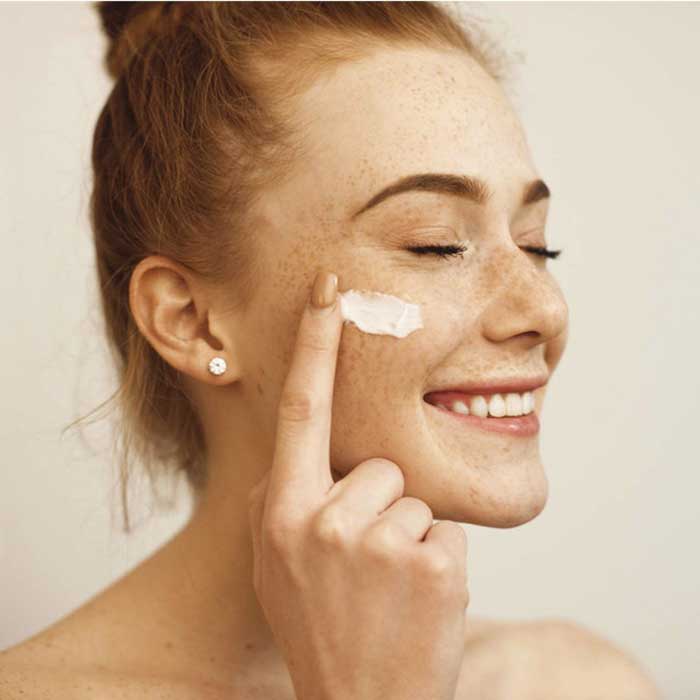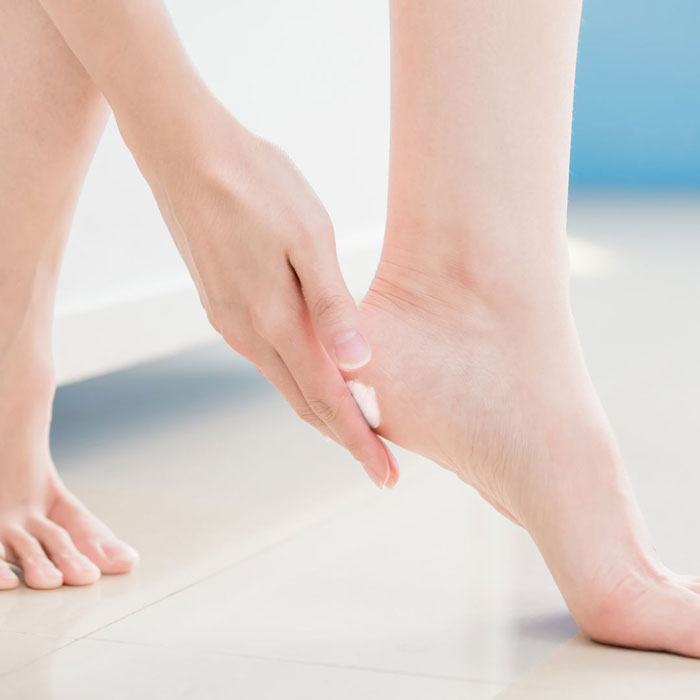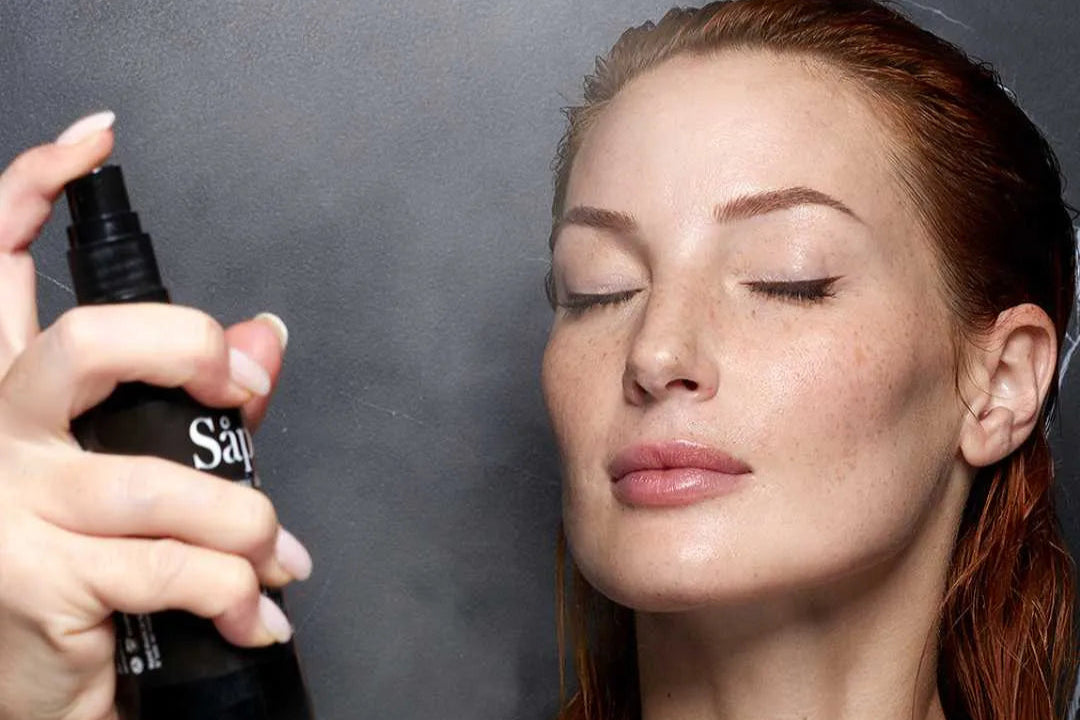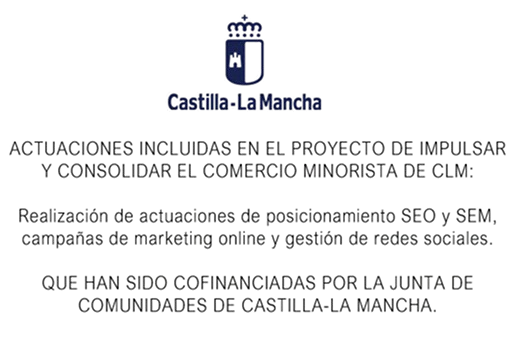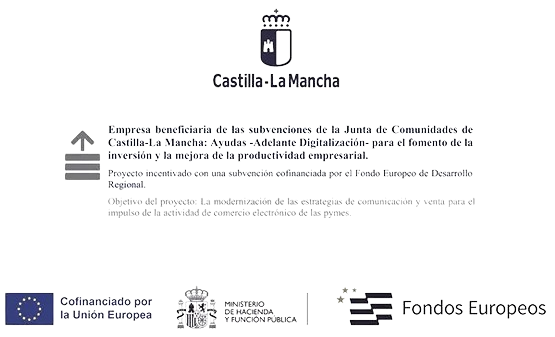To ensure the safety and quality of cosmetic products, a special system was created to regulate this: what is known as "cosmetovigilance."
Cosmetovigilance refers to the control and monitoring of the safety of cosmetic products on the market . It is a surveillance system with a very specific purpose: to detect, evaluate, and prevent possible adverse effects or risks associated with the use of cosmetics .
This, in some way, guarantees consumer safety in the world of cosmetics.
Cosmetovigilance involves the collection and analysis of information related to cosmetics , such as allergic reactions, skin irritation, unexpected side effects, or any other skin health and safety issues . This information may come from consumers, healthcare professionals, manufacturers, distributors, or regulatory authorities.
What does the cosmetovigilance process in Spain consist of?
Considering that cosmetics are products that have a very direct and profound impact on the health and well-being of the person who consumes them, it is very important to keep them as regulated and supervised as possible.
Therefore, the cosmetovigilance process is methodical and quite comprehensive. It includes:
- Data collection: The first step is to collect and aggregate information on potential adverse events related to the use of cosmetics. This may include reports from consumers, healthcare professionals, or manufacturer notifications.
-
Risk assessment : Collected data is analyzed and evaluated to determine the severity and frequency of adverse events, also known as undesirable effects (these are adverse reactions to human health directly related to the normal or reasonably foreseeable use of a cosmetic product. Serious cases are considered to include temporary or permanent functional impairment, disability, hospitalization, congenital abnormalities, immediate life-threatening effects, or death). The goal is to establish possible causes and determine whether there is a real risk to public health. A key aspect of this assessment is the identification of toxic ingredients in cosmetics .

- Preventive actions : Based on the results of the risk assessment, measures can be taken to prevent or minimize adverse effects. These measures may include warnings, changes in product formulations, recalls, or recommendations for safe use.
- Communication : The findings and actions taken are communicated to relevant stakeholders, such as manufacturers, healthcare professionals, and consumers. This is done to inform them about the identified risks and promote safe cosmetic use.
All of this is done through the cosmetovigilance form, also known as the cosmetic adverse event reporting form. This document compiles the problems that may occur during the use of cosmetic products.

What does the cosmetovigilance form in Spain contain?
As we have seen before, this form is used in the context of cosmetovigilance systems to collect standardized data on adverse effects experienced by cosmetic users.
The cosmetovigilance form usually includes the following sections:
- Notifier Information : Personal or contact information of the notifier, such as name, address, and phone number.
- Product information : Details of the cosmetic in question, such as product name, brand, batch or serial number, and purchase date.
- Adverse event description : information about the adverse event experienced with the use of the cosmetic product, such as the nature of the undesirable effect (irritation, allergy, burns, etc.), affected body areas and specific symptoms.
- Product use details : information on frequency of use, duration of use, and any other relevant details regarding the use of the cosmetic prior to the adverse event.
- Medical information : If the reporter sought medical attention, details about the diagnosis and medical treatment received may be included.
-
Additional information : any other relevant information, such as the existence of pre-existing conditions, the simultaneous use of other cosmetic products or medications, or any changes in the consumer's general health status.

How can an adverse event related to a cosmetic product be reported?
The AEMPS (Spanish Agency for Medicines and Medical Devices) offers healthcare professionals the NotificaCS portal. It contains electronic forms for the different types of notifiers, allowing them to report quickly and easily.
Once the notification is submitted, the AEMPS receives it and registers it in the national database. It then evaluates and conducts exhaustive follow-up.
Once the investigation is complete, the physician who reported the case is contacted to inform them of the conclusions reached and, if necessary, to request additional information.
As part of the investigation, the person responsible for the product is also contacted to inform them of the effect and request the necessary technical information.
Furthermore, if the adverse effect is serious, it is reported to the other competent authorities in the Member States and recorded in the European database.
Ultimately, cosmetovigilance is vital to protecting and ensuring the health and well-being of consumers of all types of cosmetics. It helps identify and address potential problems with these products, which can result in improvements in formulation, labeling, and overall safety.
It also enables early detection of emerging risks and the implementation of appropriate preventive measures.




